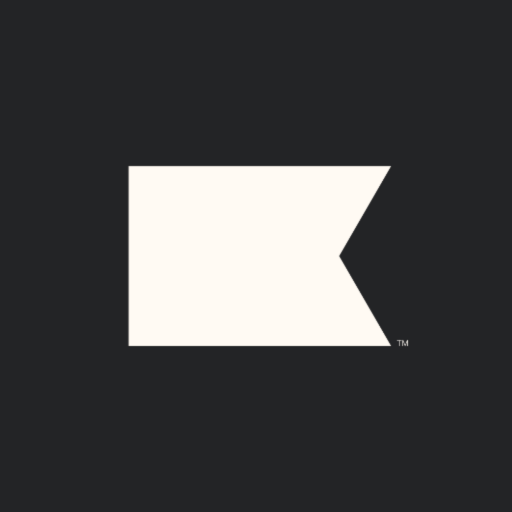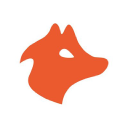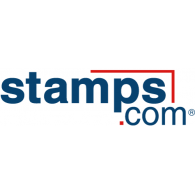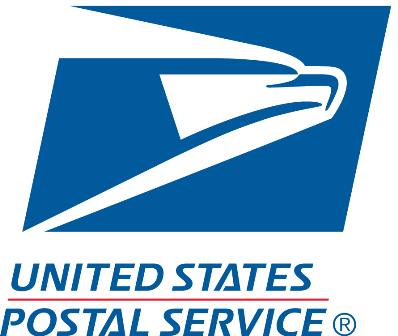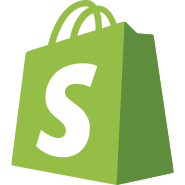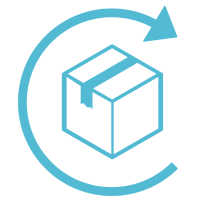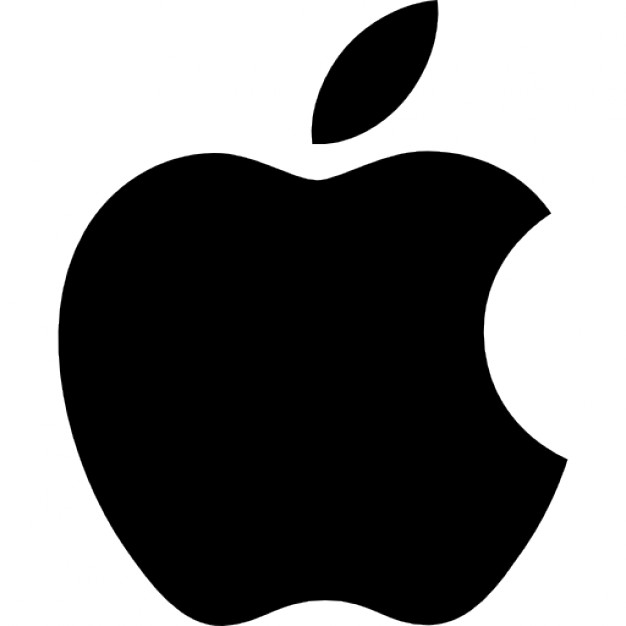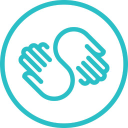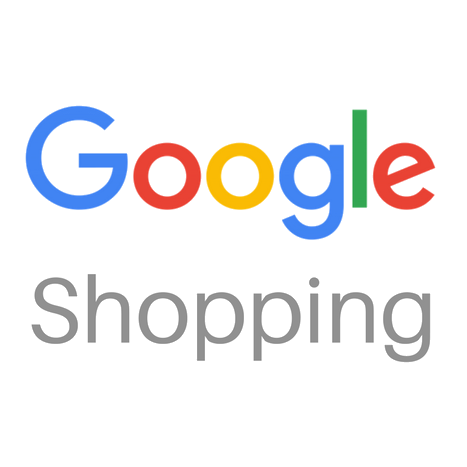
How I Started A $19K/Month Personal And Home Fragrances Brand
Hello! Who are you and what business did you start?
Hi, my name is Rafael Hernandez and I am the founder of Alfred Lane. I have a line of personal and home fragrances handcrafted in small batches out of our Miami studio. I began selling solid colognes initially as an alternative to spray colognes and released three fragrances.

The solid colognes are made out of shea butter, beeswax, jojoba oil, vitamin E, and our fragrances. Since the beginning, we’ve made each solid cologne by hand and have since expanded to 7 fragrances. Our first sale on Shopify was on February 12, 2013, and in that month, I landed my first wholesale account.
Our customers initially were men as we wanted to bring to market something that wasn’t as readily available for them. Now our customers are 30% women buying our products either for their significant other or themselves — the rest are men. My flagship product is our solid colognes but we have released a concentrated oil-based version that is longer lasting in the same scents as the solid colognes so that’s a close second.
The business generates $19k a month in revenue. In 2020, the company had its best year ever. I opened a production studio where we make everything and hired a studio assistant all within the last 5 months. It’s been more than 8 years since I started and the journey has been a wild one.
What's your backstory and how did you come up with the idea?
I went to school for graphic design and was working at a digital marketing agency as an Art Director in Chicago in 2012. I had a few business ideas that I started working on but nothing that stuck — all around creating blogs targeting particular interests and monetizing through advertising. I had no business background but after more than 10 years in the corporate world, I felt that there had to be more to life. It was around this time that I also started traveling for the first time and wanted to find a business that would support that personal goal, allow me to quit my 9-5, and ultimately build something with my hands.
While traveling, I started noticing time and time again the hassles of transporting liquid cologne. From bottles breaking or spilling all over my clothes, to TSA officials discarding my expensive colognes for being over the 3-ounce limit, I started noticing a pattern and a problem to be solved.
Around the same time, I went to a boutique shop in Chicago to look around. I noticed a couple of round tins with the label of “solid perfume” at one of their counters. I asked the clerk if they had anything for men. She said that they didn’t have anything like it for men but that the solid perfume could be used as unisex. Apparently, they were popular and in-demand with women because they only had one scent left. But that scent didn’t appeal to my taste.
I started brainstorming about solid perfumes and saw that there weren’t any solid cologne for men. I knew men, in general, liked smelling good but figured, from personal experience that they wouldn’t be quick to brag or be excited about purchasing a perfume. With my travel quandaries in mind, I started connecting the dots and identified a real opportunity for a men’s solid cologne.
I began researching suppliers, potential names, competitors, stores selling solid cologne. I also began playing with company names until I stumbled upon New Orleans street names. I liked the name Alfred because it sounded classic and timeless — and felt I could build a brand around it. “Road”, “street” and “avenue” didn’t have as nice of a ring. “Alfred Lane”, I said out loud. I searched to make sure the domain was available, bought it right then and there, and got working on designing the logo and packaging.
I had never made solid cologne or anything like it before. A quick Google search yielded some basic ingredients and formulas that were the bases of the solid colognes and I began tweaking the formula until I found a consistency I liked.
I also worked with a company to create our fragrances. I wanted to hit opposing notes on the olfactory spectrum: from woodsy and musky to bright and clean. I grew up wearing colognes and knew that woodsy does well during cold weather months and clean scents do well during the summer. But that’s about all the knowledge I had around fragrances.
I’ve done nothing as hard as running my business. There isn’t a playbook you can follow step by step and you have to figure out everything by trial and error. Even if something worked for someone else, it doesn’t mean it will work for you.
We live in an age where we have every resource that we could need to start a successful business, all readily available on the web. This is such a simple but powerful concept and it fueled my desire to build this company. I ordered supplies, started messing around with the recipe in my home kitchen stove. I had a few design iterations and a lot of trial-and-error runs. But after a couple of weekends, I got to a functional and viable product. Next, I designed a point-of-sale wooden display box to store the solid colognes. I envisioned them strategically placed next to cash registers and stores would sell them quickly because they’re a novelty and impulse buy. At $17 per 0.5 oz tin, it did just that.
I began asking for feedback from my friends. Most of it was positive but not everyone really understood the idea of solid cologne. I realized that the product might require some education for potential customers. Men, in general, liked the scents. Women were more vocal and always had one scent they really liked more than the others. After all the feedback gathering, I had only one question to ask: Will people buy my product?
I identified a few stores in our neighborhood that could potentially be interested in the solid colognes. I didn’t consider myself a salesperson. Still, I prepared a script, dressed up in what I called my “Alfred Lane attire” of dark jeans, a nice dress shirt with a tie and wingtips or nice sneakers, and hit the pavement.
The first store I visited? The boutique shop where I first stumbled upon the solid perfume.
Since it had been around three months, I figured I would try to sell the store owner on carrying the solid cologne next to the solid perfume. I walked in on a slow night with the wooden display box full of solid cologne. I was nervous but confidently presented my product to the store owner and he graciously agreed to carry the solid colognes with one condition: it had to be on a consignment basis.
Since Alfred Lane was a brand new company, I understood why he didn’t want to take such a high risk. The consignment was better than a “no” but it wasn’t a full “yes.” I then dedicated several nights after work, going door to door to all of the local boutiques in my neighborhood. I got plenty of rejections and walked many cold, snowy nights trying to get my solid colognes in stores. After hearing “no” so many times, I decided to go after bigger stores to see what would happen. I went to one of the nicest men’s stores in Chicago and presented my product to the sales staff. I left some samples and one of the sales clerks even bought one right on the spot.
A couple of days later, the store’s head buyer emailed me to place an order. Alfred Lane was now in two stores! As exciting as it was, I still needed to prove that my business and product would truly sell. I started getting into a few more stores and those stores started reordering. Once Chicago was covered, I started contacting stores in the Midwest and later around the country.
Take us through the process of designing, prototyping, and manufacturing your first product.
With my background in design, I was able to mock up a few logos and got feedback from folks. I landed on the current design. I also wanted the names of the fragrances to be positive adjectives and imagined how someone would feel by wearing the different scents. And that’s how the scent names Bravado, Brio, and Vanguard were born. I then designed the labels that would have our logo, scent name, ingredients, and ounces. I iterated a few times, printed them on black on white paper in my home printer, and mocked them up by taping them to the tin lids.





I found ingredients, formulas, suppliers that had the materials and equipment that I would need by searching on the internet. Once I had the basics, I ordered stuff to make my job easier as I went along. I hadn’t designed a point-of-sale box but I wanted to create a box that looked kind of like a cigar box. The initial brand was more crafty and rustic. I worked with a few woodworkers to create the best version of the box that wouldn’t be so expensive for a store to buy.

Once I finished designing and had products with the actual labels, I used my iPhone 3GS, took product shots, and edited them in Photoshop ready for printing line sheets and marketing.
Describe the process of launching the business.
Since people weren’t searching for the words “solid cologne” at the time and there weren’t the advertising options that Google and Facebook currently offer, I had to develop a way to acquire customers and wanted to do so without investing too much money given I didn’t know whether I had a viable product.
My launch was a two-prong approach. I wanted to launch online so anyone in the US could order. I also wanted to get into stores for distribution and because wholesale seemed to make sense to me especially with a novel product like solid cologne. I looked online for the best way to set up an online store. I stumbled upon Shopify and that’s who I’ve used since the beginning.
For my wholesale strategy, I developed a list of over 100 of the hottest men’s boutique shops in the country and called and/or emailed every one of them. Many asked for samples and quite a few of those became our retail partners. In a matter of months, I went from one store to almost 25 stores nationwide. I finally had proof that I created a viable product that people wanted to buy.
For my online strategy, I contacted a few high-end, men’s blogs and offered free samples in exchange for a review. Most of them published stellar reviews of the solid colognes and I began to see sales activity pick up on the site. That attracted many more bloggers and other press inquiries reaching out to review the solid colognes.

Reviews from blogs and customers gave Alfred Lane the social proof needed to partner with larger online retailers. And those partnerships brought in more media coverage, magazine articles, video reviews, stores inquiring about carrying our solid colognes, and thus, more revenue.

Since launch, what has worked to attract and retain customers?
Organic traffic from blog posts and email marketing have been the main revenue generator for my business. Early on, I got a ton of free press but later it became something publications began charging as “advertorials.” These blog posts live in perpetuity and link back to my website. Sometimes I offer a discount code to monitor where the traffic is coming from but always use Google UTM builder to create custom URLs that I can also track where visitors originate.
Test out ideas and hold off on spending too much money until you validate the idea. Execution is the thing that will convert your idea into an actual profitable business.
I have also partnered with Birchbox and Bespoke Post. These two companies have a subscription box model where they charge a monthly fee and the customer gets a new item every month based on their interest. This has also been good marketing for me in addition to the exposure Alfred Lane gets with tens of thousands of customers receiving a solid cologne. Some of these projects are samples I did with the hope of the exposure making up for the cost. Others are paid but my product is discounted steeply and so I consider this a volume play where I make some profit and get exposure for the price companies to pay me.
Customers come back through our email marketing. We have built a healthy list over the years and I’ve doubled down on providing stellar customer service in the last three years. We now do artisan markets and customers also come back to see us all the time.
From a wholesale perspective, I began doing trade shows back in 2018 in New York and Las Vegas. The show I’ve focused on is Liberty Fairs. Trade shows are expensive but are a great way to meet potential buyers and store owners, write wholesale orders, and get into stores more quickly. This has been instrumental in my wholesale side of the business. I also joined a wholesale marketplace called Faire. Store owners and buyers can look for items to stock in their stores and buy wholesale. This became incredibly important when lockdowns occurred due to COVID-19. Since I couldn’t go to tradeshows, these became a main driver of revenue on the wholesale side of my business.
How are you doing today and what does the future look like?
My revenue attribution is roughly 50% online and 50% wholesale. I’m currently in 65 stores in 6 countries and I’m looking to expand to other markets like Europe and South America.
I’ve expanded from solid colognes to concentrated oil-based colognes as well as rolled out more fragrances. I also designed and launched a line of home fragrances with many of the signature fragrances I offer. I sell soy wax candles, room sprays incense cones, and hand sanitizer (the last product being a bit of a pivot thanks to COVID 19).
I also launched a line of coffees with a Florida roaster called Lucky Goat. While on a road trip I stopped by Tallahassee (where they’re based) and I tasted their coffee. I loved it so much I felt like we needed to work together. I contacted them and we now do a collaboration offering 3 different coffee flavors.

While I offer personal and home fragrances, the thread that ties these different products together is the sensory experience a customer has with the smells. I wanted to see if I could bring that experiential element to my customers through coffee. I love coffee myself and I have a morning ritual of grinding my coffee, boiling water, and making a French press.
I like to say that I design and create things that I would want to buy. And I’m a user of my own products. I’m also a bit of my own target market.
In the short term, I’d like to continue getting into more stores nation and worldwide. I have a solid lineup that appeals to both men and women. I’d also like to expand into more grooming products but I see this as a mid-term goal.

Long term, I’d like to hire more folks so I can work on the business and not in the business as much. As much as I enjoy pouring candles and making room sprays, I think I can be more effective in selling and telling the Alfred Lane story.
Through starting the business, have you learned anything particularly helpful or advantageous?
Starting and running a business has been incredibly rewarding. It’s also been insanely hard. I’ve done nothing as hard as running my business. There isn’t a playbook you can follow step by step and you have to figure out everything by trial and error. Even if something worked for someone else, it doesn’t mean it will work for you. But you should try everything you can to make things work (generate traffic, acquire customers, cut costs, increase margins, expand your distribution network, etc).
One mistake I made and I caution others is to take on recurring debt. I use credit cards strategically for funding inventory and purchase orders. Plus I get points for travel. But one year things got out of control because I got carried away trying to expand the business quickly. I eventually managed to pay everything off and now take a more conservative approach with business expansion. I definitely paid a steep price for the mistake though.
What platform/tools do you use for your business?
- Klaviyo for email marketing
- Trello for project management
- Lightroom and Photoshop for editing photos
- Shopify for online
- Handshake by Shopify for wholesale
- Bulletin for wholesale
- Faire for wholesale
- Shipstation for fulfilling orders
- Smile.io for rewards and loyalty
- Stamped.io for reviews
- Unlimited Up-Sell Offer Revy for increasing cart value
- SMSBump Marketing and Automation for SMS marketing
What have been the most influential books, podcasts, or other resources?
- The Alchemist by Paulo Coehlo - I read this book at least once a year. It’s an inspirational book that reminds me to stay focused on the price and not settle for other nice things along the way
- 4 Hour Work Week by Tim Ferris - this was instrumental in resetting my mindset and seeing possibilities in how I could create different businesses, escape the 9-5, travel, and experience things I didn’t know I could have access to
- Made to Stick by Chip and Dan Heath - I love the concept of crafting a product, service, experience, or story that is so compelling that it needs to be retold and talked about
- Ecommerce Fuel podcast and the Tropical MBA podcast - both of these podcasts have made me feel like I’m not the only one in the entrepreneurial journey. Great interviews, case studies, and business banter.
Advice for other entrepreneurs who want to get started or are just starting?
I’d recommend someone to study the market, look at trends and see how you could provide a service or offer a product that people are already buying, maybe even improve an existing offering, solve a pain point or provide incredible value for the customer. Also, test out ideas and hold off on spending too much money until you validate the idea. Execution is the thing that will convert your idea into an actual profitable business.
Where can we go to learn more?
If you have any questions or comments, drop a comment below!

Download the report and join our email newsletter packed with business ideas and money-making opportunities, backed by real-life case studies.

Download the report and join our email newsletter packed with business ideas and money-making opportunities, backed by real-life case studies.

Download the report and join our email newsletter packed with business ideas and money-making opportunities, backed by real-life case studies.

Download the report and join our email newsletter packed with business ideas and money-making opportunities, backed by real-life case studies.

Download the report and join our email newsletter packed with business ideas and money-making opportunities, backed by real-life case studies.

Download the report and join our email newsletter packed with business ideas and money-making opportunities, backed by real-life case studies.

Download the report and join our email newsletter packed with business ideas and money-making opportunities, backed by real-life case studies.

Download the report and join our email newsletter packed with business ideas and money-making opportunities, backed by real-life case studies.


